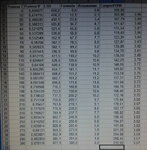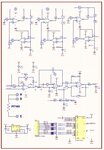c_mitra
Advanced Member level 6
It is unwise to maintain unnecessary headroom. If you are sure that the max temp will not exceed 250, then use a correct resistor so that you can use the full range.You may have other sources and it pays to account for the unexpected.


